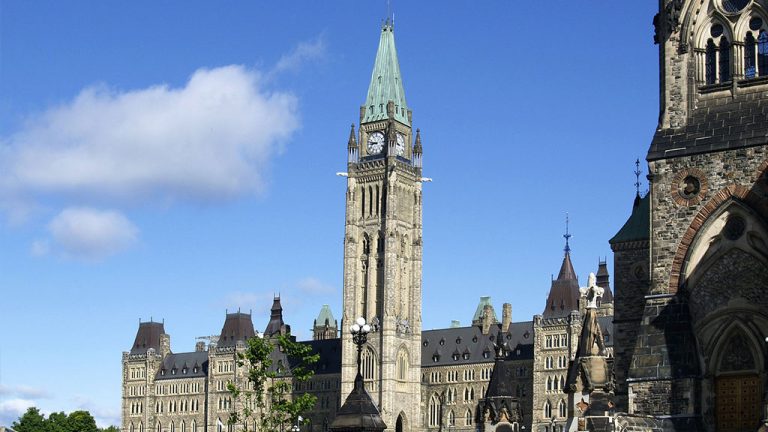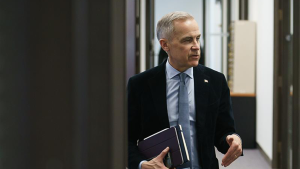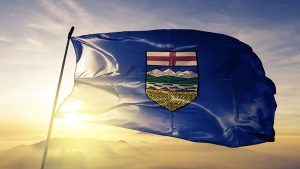Creating a more efficient transit system in the GTHA (Greater Toronto and Hamilton Area) and charging for GO Transit parking lots are some of the transit recommendations the report from the Commission on the Reform of Ontario’s Public Services.
TORONTO
Creating a more efficient transit system in the GTHA (Greater Toronto and Hamilton Area) and charging for GO Transit parking lots are some of the transit recommendations the report from the Commission on the Reform of Ontario's Public Services.
The Commission, chaired by TD economist Don Drummond, made numerous recommendations across Ontario’s sectors in an effort to reduce the province’s deficit, which is expected to hit $16 billion this year.
The Dalton McGuinty government has stated it aims to eliminate that deficit by 2017-18.
Related:
Drummond report on Ontario public service recommends full cost pricing for municipal water
Drummond report suggests expanded role for Ontario College of Trades
Drummond report recommends changes to infrastructure asset reporting in Ontario public service
York Region, Ontario approves subway construction expenditures
“The deficit is expected to be $16 billion this year. By 2017–18, it will almost double — and the debt will climb to more than half of gross domestic product — if the status quo is left in place. Decisive, firm and early action is required to get off this slippery, and ultimately destructive, slope,” said Drummond after the report’s release on Feb. 15.
As the GTHA is one of the fastest growing regions in North America — it’s estimated it will grow to nearly nine million people by 2031 — “a population influx of that magnitude will place stress on public infrastructure, much of which is nearing full capacity,” reads the report.
The report’s recommendation is to operate transportation services more efficiently. It calls the current GTHA public transit network a “hodgepodge of municipal operators, complemented by regional services through Metrolinx/GO Transit and private intercity transportation.”
While there has been much public discussion about levels of service and quality, little has been done to study the effectiveness of the current structure of transit offerings. The board posed questions such as is there any unnecessary overlap between systems? and are operations sufficiently coordinate and integrated?
“Answers to these questions and others could illuminate opportunities to deliver transit services more efficiently through means such as rationalizing and better coordinating routes, services and fares; pursuing additional common procurements; and exploring other measures to reduce overlap and duplication,” reads the report.
To improve efficiencies in regional transportation networks the report recommends where gaps in information and evidence exist, reviewing the roles and operations of the various mass transit providers in the GTHA and by the Ontario Northland Transport Commission in the north.
GO Transit does not charge for the use of its parking facilities and though it may seem trivial, Drummond points to that cost of providing parking spaces is considerable. The report recommends being charging for parking at GO Transit parking lots.
The report referred to the Feb. 2009 announcement by the provincial and federal governments of a joint contribution of $500 million to GO to support major infrastructure projects. This included new parking structures throughout its network.
The report points out that 80 per cent of Canadians live in urban centres yet it is the sole member nation of the Organization for Economic Co-operation and Development that lacks a national transit strategy.
Thus the report recommends pursuing a national transit strategy with the federal government, other provinces and municipalities.
“While general tax revenues will also be a certain source of funds in the foreseeable future, jurisdictions elsewhere are looking at alternatives: congestion charges, comprehensive road tolling, high-occupancy/toll (HOT) lanes, regional gas taxes and parking surcharges. Each produces various incentives that require thoughtful analysis and consideration. However, without clear input from citizens, striking the right balance of these measures will be near impossible,” it reads.
It recommends engaging citizens in an open, public dialogue on how to best create new revenue sources for future transportation capital needs.
Other recommendations include cuts in education and health care.
The report will inform Ontario’s 2012 Budget, which is expected this spring. DCN NEWS SERVICES










Recent Comments
comments for this post are closed